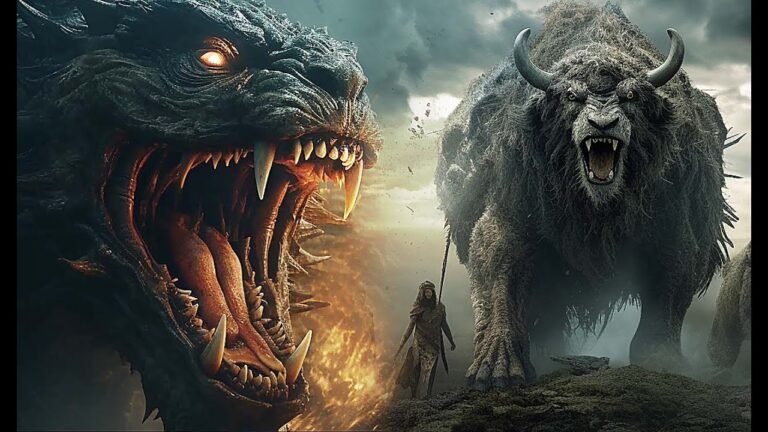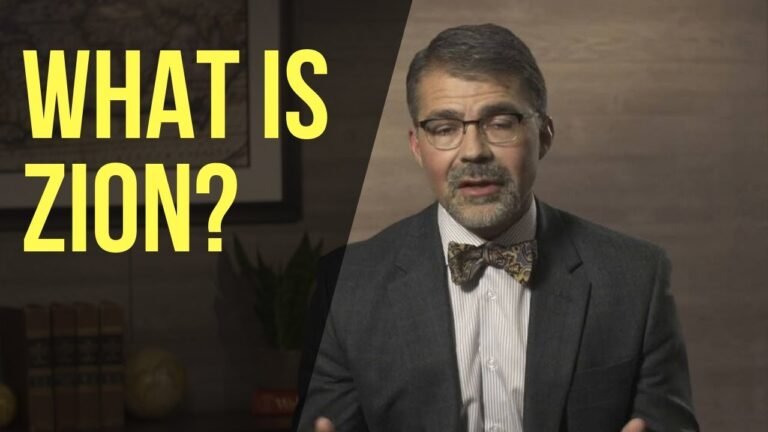Titans of Myth: The Leviathan and Behemoth Explored
In the realm of mythology and literature, few creatures capture the imagination quite like the leviathan and behemoth. These formidable entities, often depicted as monstrous sea and land beasts respectively, symbolize the dual forces of chaos and power that shape our understanding of the natural world. Their enduring presence in cultural narratives invites us to explore themes of creation, destruction, and the struggle between humanity and the untamed elements. As we delve into the stories and interpretations surrounding these legendary figures, we uncover not only their significance in ancient texts but also their relevance in contemporary discourse on the environment and our place within it.
- Leviathan and Behemoth are symbolic creatures from ancient texts, representing chaos and untamed forces in the world.
- In the Biblical context, Leviathan is often associated with the sea and destruction, while Behemoth is linked to land and strength.
- Both creatures appear in the Book of Job, highlighting themes of divine power and the limitations of human understanding.
- They have been interpreted in various ways throughout history, including as metaphors for political entities or natural disasters.
- The imagery of Leviathan and Behemoth continues to influence literature, art, and popular culture, symbolizing the struggle against overwhelming forces.
What are the biblical figures of Leviathan and Behemoth?
In the biblical Book of Job, Behemoth emerges as a formidable creature symbolizing the chaos that existed before creation. Described as a colossal beast, Behemoth represents the untamed forces of nature, embodying strength and stability in the world. This creature is often interpreted as a manifestation of God’s power and creativity, showcasing His ability to bring order from chaos.
Leviathan, its counterpart, is another chaos-monster that complements Behemoth in the ancient texts. Together, they illustrate the delicate balance between creation and destruction. Later Jewish traditions suggest that both Leviathan and Behemoth will ultimately serve a divine purpose, transforming into sustenance for the righteous, symbolizing the ultimate victory of order over chaos in the cosmic narrative.
What was the purpose of God’s creation of Leviathan?
The Leviathan, a formidable creature crafted by God on the fifth day of creation, embodies both power and purpose. Recognizing its potential for destruction, God chose to allow only one to exist, preventing its procreation and safeguarding the balance of creation. In a grand narrative of redemption, this mythical beast is destined to be hunted in the future, ultimately serving as nourishment for the righteous, symbolizing the triumph of good over chaos.
What type of animal is Leviathan in the Bible?
Leviathan is a captivating figure in biblical literature, often depicted as a formidable sea serpent. In the Book of Isaiah, it symbolizes the chaotic forces that threaten Israel, embodying the nation’s adversaries. This portrayal highlights the struggle between divine order and the tumultuous challenges faced by the people of Israel.
In the Book of Job, the imagery of Leviathan shifts, presenting it as a fire-breathing crocodile. This transformation emphasizes the creature’s terrifying power and its role as a representation of the untamed aspects of creation. The vivid descriptions invite readers to ponder the mysteries of existence and the limits of human understanding in the face of such grandeur.
Within Jewish mythology, Leviathan embodies primordial chaos, serving as a reminder of the ever-present battle between order and disorder. As a symbol of both fear and fascination, this creature invites contemplation about the nature of evil and the divine. Leviathan’s legacy endures, illustrating the complexities of life and the challenges inherent in human experience.
Unraveling the Legends: The Stories Behind the Titans
Throughout history, titans have captured our imagination, embodying the extraordinary feats and struggles of humanity. These legendary figures, often towering in strength and wisdom, emerged from the depths of ancient myths and folklore, each tale woven with lessons of bravery, sacrifice, and the eternal battle between good and evil. From the Greek giants that shaped the earth to the colossal heroes of various cultures, their stories serve as timeless reflections of our own aspirations and fears. As we unravel the legends, we find that these titans are not merely figures of the past; they are mirrors of our potential, reminding us that greatness often lies in overcoming the challenges that test our very limits.
From Sea to Land: The Duality of Mythical Giants
Across cultures, mythical giants embody the awe of nature’s power, often bridging the realms of sea and land. These colossal beings, from the towering Titans of Greek mythology to the oceanic Jotnar of Norse tales, represent the primal forces that shape our world. Their stories illustrate humanity’s reverence for both the vast oceans and the towering mountains, reflecting our understanding of nature’s duality. As they traverse between these domains, they symbolize the balance between chaos and order, reminding us of the interconnectedness of all existence.
In many legends, giants serve as guardians of the earth and sea, their immense size allowing them to influence the very elements. Their feats often embody the struggle between civilization and wildness, as they challenge the limits of human ambition. Whether they rise from the depths of the ocean or emerge from the mountains, these mythical figures remind us of the mysteries that lie beyond our grasp. In this dance between sea and land, giants encapsulate our eternal fascination with the unknown, inviting us to explore the boundaries of imagination and reality.
Ancient Beasts: Symbolism and Significance in Culture
Throughout history, ancient beasts have captivated human imagination, serving as powerful symbols that reflect cultural values, fears, and aspirations. From the majestic lion representing courage and royalty in numerous civilizations to the mystical dragon embodying wisdom and strength in Eastern mythology, these creatures often transcend their physical forms to convey deeper meanings. They appear in folklore, art, and religious texts, guiding societies in understanding their place in the world and the forces of nature. By exploring the significance of these ancient beasts, we uncover the rich tapestry of human experience and the universal themes that connect diverse cultures across time and space.
The contrasting imagery of leviathan and behemoth serves as a powerful reminder of the dual forces of chaos and order that shape our world. While the leviathan embodies the depths of the unknown and the tumultuous nature of change, the behemoth stands as a symbol of strength and stability. Together, they challenge us to navigate the complexities of existence, urging a balance between embracing the unpredictable and grounding ourselves in resilience. In understanding these archetypes, we gain insight into the human experience, fostering a deeper appreciation for the intricate dance between destruction and creation.







